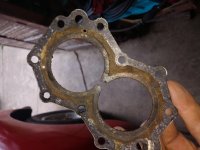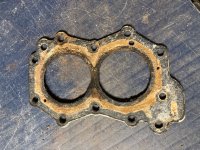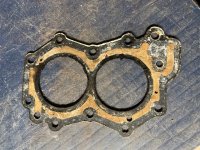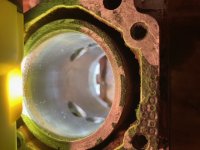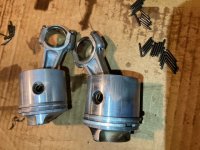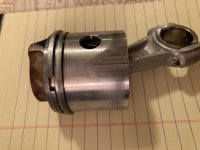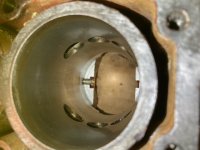I recently purchased a 1978 6 hp Johnson Outboard. It ran fine for the first few times I had had it on my dinghy but then it started to cutout and die while running at high throttle. I assumed it was a problem with the gas or gas tank or fuel fittings so I used a new tank with new fittings. Same problem. I then rebuilt the carburetor, same problem. I then installed a new fuel pump, same problem.
The spark is very strong and when she is running , it seems great. I didn't think the compression could be bad because she starts easily and will idle smoothly for hours, but I tested the compression and only got 15-20 psi on each cylinder. Being that the motor runs so well most of the time, I have a hard time believing that the compression could be that low. Would bad reed valves cause low compression like this and then let the motor run great most of the time? Any help would be greatly appreciated.
The spark is very strong and when she is running , it seems great. I didn't think the compression could be bad because she starts easily and will idle smoothly for hours, but I tested the compression and only got 15-20 psi on each cylinder. Being that the motor runs so well most of the time, I have a hard time believing that the compression could be that low. Would bad reed valves cause low compression like this and then let the motor run great most of the time? Any help would be greatly appreciated.


